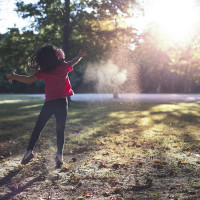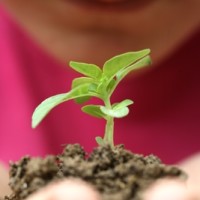The Blog
One service that MAPP provides to our community is outreaching progress and celebrating collaborative work that is improving our community health. Check out our recent articles published in local media, such as the monthly 'RoadMAPP to Health' columns in the Homer News, and our monthly MAPP newsletters.

Multiple collaborative efforts now underway
March 10
[Published in Homer News 3/5/15] Take a look around our community and you will see inspiring individual and collaborative efforts abound, supporting our well-being and reinforcing the quality of life Read More

Preventing childhood trauma will improve health of community
February 13
[Published in Homer News 2/5/15] If you could do one single thing that decreased the number of people within our community experiencing anxiety by 56 percent, life dissatisfaction by 67 Read More

Want a healthier, happier family in the new year?
January 8
[Published in Homer News on 1/8/15] The New Year brings opportunities for a fresh start and new beginnings. It provides a point in time where we individually reflect on the Read More

State’s high cost of living make financial hardships common
December 4
[Published in Homer News 12/4/14] As a community we are identifying the best ways to support and increase family well-being. When families get the support they need and are resilient, Read More

Community takes steps to foster family resiliency
November 5
[Published in Homer News 11/5/14] MAPP is a roadmap or process for aligning our local community efforts around health improvement goals. Our community has chosen increasing family well-being as the Read More






